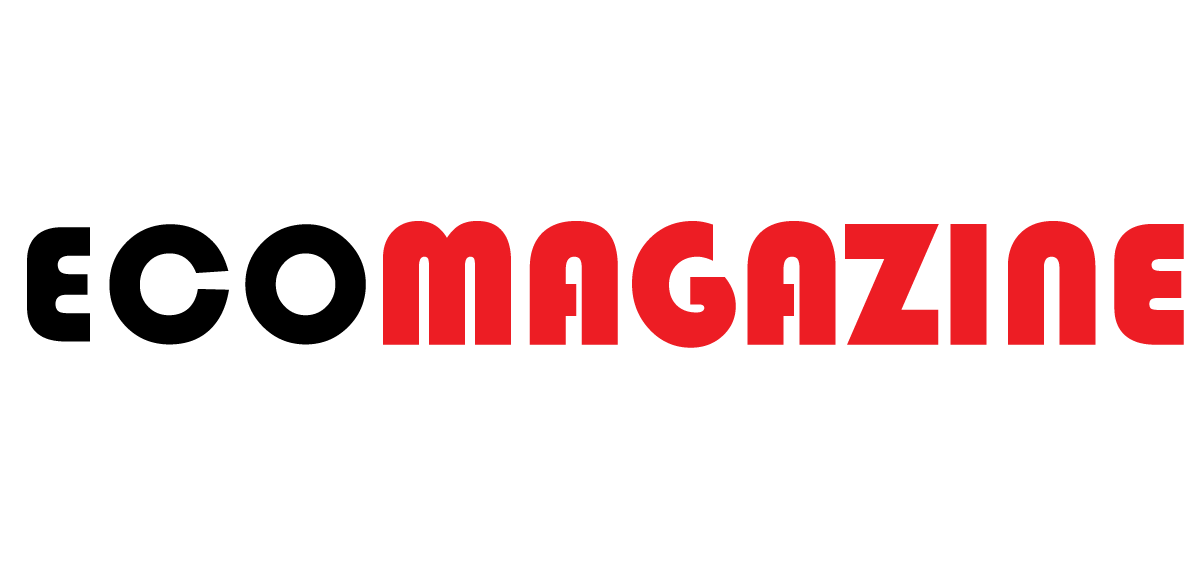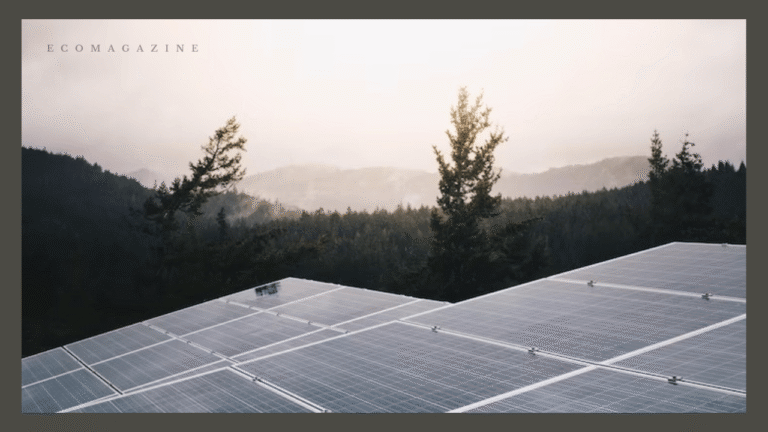As the UK accelerates toward its net-zero emissions goals, commercial real estate is undergoing a significant transformation. Solar photovoltaic (PV) technology is playing a central role, not only in decarbonising operations but also in enhancing property value and leasing appeal. Businesses and landlords are increasingly turning to solar PV to future-proof assets, reduce energy costs, and meet rising tenant demand for sustainable facilities.
In an era where ESG (Environmental, Social, and Governance) standards shape investment and development decisions, integrating solar PV has become a strategic differentiator in the UK property market.
Introduction
The UK’s commercial property sector is aligning more closely with clean energy and sustainability standards. Solar PV systems are proving to be a smart investment for landlords looking to raise asset value and appeal to environmentally conscious tenants. Renew-Able.co.uk offers a wide range of renewable energy services in Edinburgh and surrounding areas, making it easier for property owners to implement clean energy strategies.
- Green certifications increasingly influence tenant leasing decisions
- Solar PV systems offer long-term operational cost savings
- Government incentives make installations more attractive and affordable
- Sustainable properties tend to enjoy lower vacancy rates
- Tenants are demanding energy-efficient buildings with reduced carbon footprints
How Solar PV Adds Value to UK Properties
Solar energy systems bring tangible and intangible benefits that significantly enhance commercial property performance in the UK. These advantages go beyond reduced energy bills.
Boosting Asset Market Value
Properties with solar installations are often valued higher due to long-term energy savings and improved sustainability ratings. Buyers and investors are willing to pay a premium for buildings with lower operational costs and green credentials.
Improving Energy Performance Certificate (EPC) Ratings
EPCs are mandatory for UK commercial buildings. Solar PV can directly improve a building’s EPC score, making it more attractive to tenants and helping landlords comply with Minimum Energy Efficiency Standards (MEES).
Increasing Lease Appeal
Tenants increasingly prefer properties that align with their corporate sustainability goals. A solar-powered building reduces energy costs and supports green branding, making it more appealing to mission-aligned occupants.
Reducing Operational Expenses
Solar PV systems generate on-site energy, offsetting rising electricity prices. These cost savings appeal to both owners and occupiers, creating win-win leasing arrangements.
Attracting Institutional Investors
Investors are prioritising ESG-compliant assets. Properties equipped with renewable energy technologies are considered lower-risk and future-proof, which increases their investment appeal.
Supporting Net Zero and ESG Compliance
Landlords and developers looking to meet the UK’s Net Zero and ESG commitments can achieve major milestones through solar PV deployment. These installations form a foundation for broader sustainability frameworks.
The Rise of Green Leasing in the UK
Green leases are quickly gaining traction across the UK commercial real estate sector. These agreements include clauses promoting sustainable operation and energy efficiency, aligning both landlord and tenant incentives.
What is a Green Lease?
A green lease is a standard lease agreement that incorporates sustainability targets and shared responsibilities between landlords and tenants. Solar PV clauses often relate to energy use, monitoring, and renewable energy sourcing.
Shared Benefits and Cost Savings
By including solar PV within lease agreements, both parties can share in the energy savings and performance benefits. This creates a partnership model that enhances trust and transparency.
Aligning with Government Policy
The UK government is increasingly supportive of clean energy integration in buildings. Green leases help property owners stay compliant with tightening regulations while accessing funding and incentives.
Encouraging Data Sharing and Energy Transparency
Modern leases encourage tenants and landlords to monitor and share energy performance data. Solar PV systems often include monitoring tools that support this collaborative approach.
Reducing Environmental Impact
Green leases ensure buildings operate with a lower carbon footprint. When combined with solar PV, this leads to real, measurable progress toward environmental goals.
Key Stats: Solar PV and Property Value in the UK
| Benefit of Solar PV | Impact on Property in UK Context |
| Increase in Property Value | Up to 8% in commercial real estate (varies by location) |
| EPC Rating Improvement | Often moves properties from Band D to Band B or better |
| Vacancy Rate Reduction | Properties with solar see up to 25% shorter vacancy periods |
| Energy Savings for Tenants | 15% to 30% reduction in electricity costs annually |
| Likelihood of Lease Renewal | Higher by up to 20% for solar-equipped buildings |
Addressing Challenges and Misconceptions
While solar PV adoption is growing, some property owners hesitate due to perceived complexity or upfront cost. These concerns are often outweighed by the long-term benefits.
Upfront Costs vs Long-Term Returns
Initial installation costs can be offset by government grants, tax reliefs, and long-term energy savings. Many landlords report full ROI within 5 to 7 years.
Aesthetic and Structural Concerns
Modern PV systems are sleek and can be tailored to various roof types without compromising building aesthetics or structural integrity.
Maintenance Worries
Solar PV systems require minimal maintenance. Most systems have warranties of 20–25 years, offering peace of mind.
Tenant Acceptance
Far from resisting solar-equipped buildings, most tenants actively prefer them. Green features are a priority for modern businesses.
Conclusion
Solar PV is no longer an optional upgrade, it is a core component of value creation in the UK property market. By investing in solar, landlords and property developers not only reduce environmental impact but also position their assets for stronger financial performance and leasing success.


